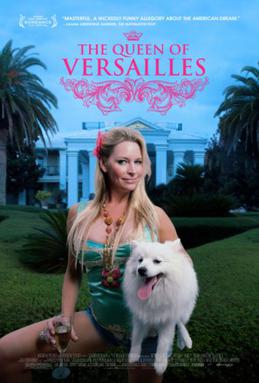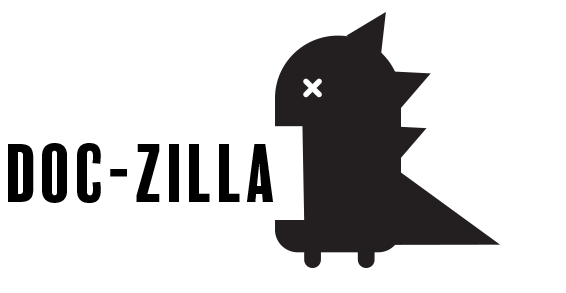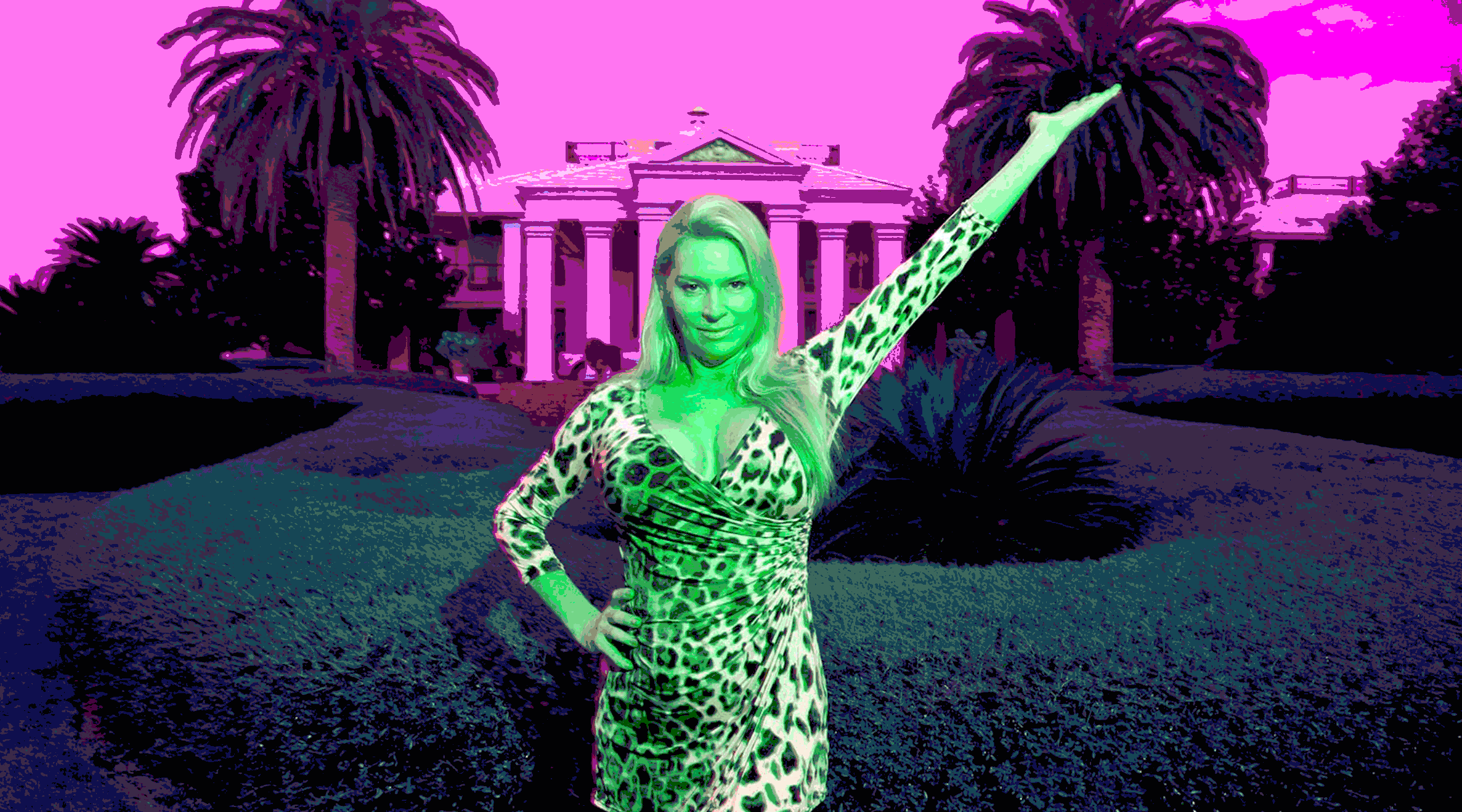If you’ve ever wondered what would happen if Lifestyles of the Rich and Famous collided headfirst with an Econ 101 textbook and a pinch of Shakespearean hubris, then The Queen of Versailles is your gold-plated popcorn dream. Directed by Lauren Greenfield, this 2012 documentary is as entertaining as it is enlightening—like watching Real Housewives crash a Harvard Business School seminar.
The film follows billionaire couple Jackie and David Siegel as they embark on building the largest single-family home in America—a 90,000-square-foot monument to opulence modeled after (what else?) the Palace of Versailles. Spoiler alert: the economy had other plans.
Don’t let the bedazzled chihuahuas and life-size marble lions fool you—The Queen of Versailles is secretly a masterclass in modern economics. Filmed during the 2008 financial crash, the movie shifts gears from a trophy-wife fairytale to a sobering examination of leverage, risk, and the fragility of wealth built on borrowed money. Watching the Siegels’ financial empire wobble like a Jenga tower made of subprime mortgages offers a real-time glimpse into the consequences of economic overreach. Somewhere, Adam Smith is nervously adjusting his powdered wig.

Visually, the film is a fascinating collage of grandeur and decay. You’ve got sweeping shots of glossy marble, crystal chandeliers, and leopard-print carpets (because nothing says royalty like big-cat motifs). And then—bam—cut to empty rooms, peeling paint, and abandoned dreams with pool toys strewn about like relics from a luxury Atlantis. It’s part Rococo fever dream, part housing crash cautionary tale. The aesthetic whiplash is strangely beautiful, in a very “bling meets bankruptcy” kind of way.
The soundtrack is cheekily subtle, oscillating between whimsical and melancholic, perfectly underscoring the film’s satirical tone. At moments, the music feels like it’s nudging you in the ribs—“Can you believe this?”—then turning mournful as the dream collapses, mirroring the rollercoaster of fortune. It’s not just background noise; it’s emotional punctuation.
The originality of the documentary lies in its bait-and-switch brilliance. You come for the spectacle—a woman buying in bulk at Walmart in a limo—and stay for the poignant, almost tragic unraveling of a very American dream. It’s rare to see a film that captures both the ridiculous excess and the raw vulnerability of wealth. It’s not just a rich-people-gone-wild exposé; it’s a mirror held up to consumer culture and the illusion of invincibility.
Set mostly in Orlando, Florida (yes, that shimmering metropolis of theme parks and timeshares), the film’s location is almost poetic. Where better to set a tale about artificial grandeur than in the backyard of Cinderella’s Castle? The fact that it was filmed during the Great Recession adds a heavy layer of historical gravity to the absurdity. Watching the house sit unfinished while the world tightens its belts is like witnessing the fall of a glitter-covered Icarus.
One of the most fascinating aspects is how time has aged this documentary. In the years since, The Queen of Versailles has become a cultural time capsule—a snapshot of pre-crash bravado and the sobering dawn that followed. It’s oddly nostalgic, yet still relevant, especially in a world that seems perpetually teetering on the edge of another bubble.
The Queen of Versailles is a rare gem: funny, tragic, outrageous, and insightful all at once. It’s a documentary that looks like a reality show but bites like a satirical novel. Whether you’re in it for the schadenfreude, the economic lessons, or just the eye-popping decor, this film delivers—like a designer handbag filled with life lessons and credit card debt.
Four out of five golden thrones. Sit on that.



Amazon Prime watch

Apple TV watch

